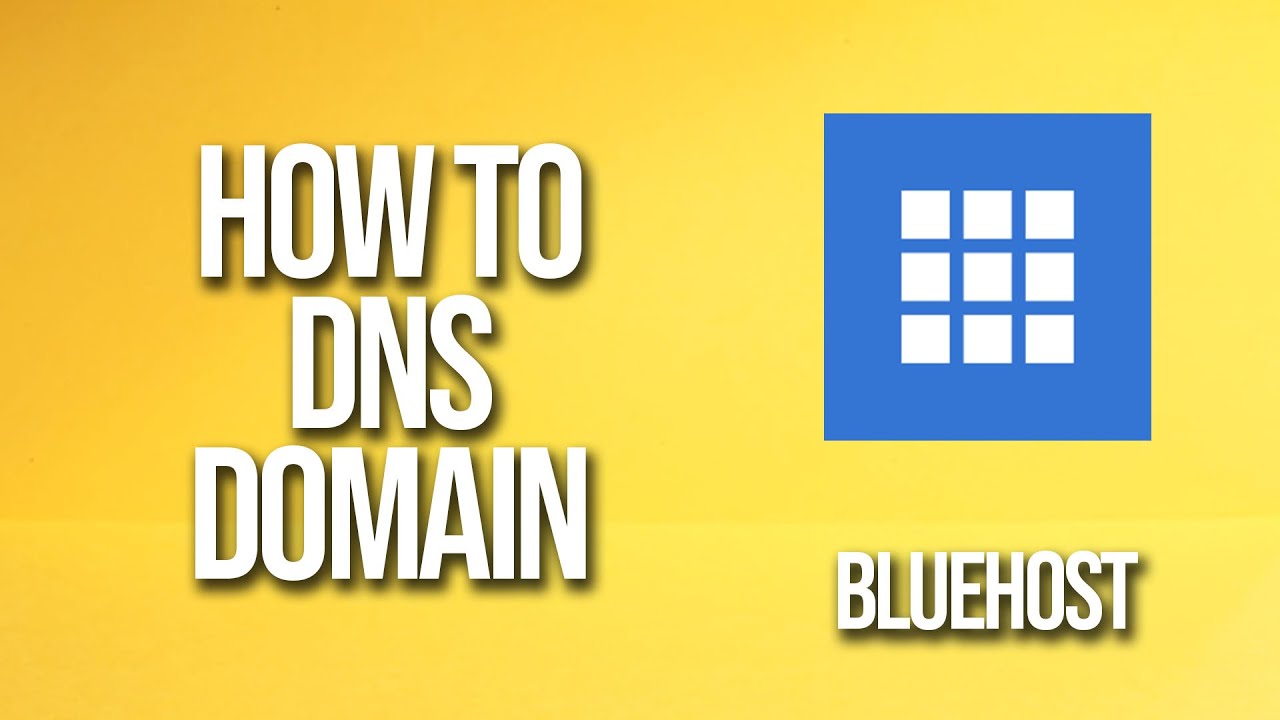
How To DNS Domain Bluehost Tutorial
If you’re new to website hosting and domain management, the world of DNS (Domain Name System) can seem a bit daunting. However, with the right guidance, it can be a straightforward process. In this tutorial, we’ll walk you through how to DNS your domain on Bluehost, a popular web hosting provider.
Before we dive into the tutorial, let’s briefly explain what DNS is and why it’s important. DNS is essentially the phone book of the internet. It translates human-readable domain names (like example.com) into IP addresses (like 192.0.2.1) that computers can understand. When you type a domain name into your web browser, DNS is responsible for directing you to the correct server where the website is hosted.
Now, let’s get started with the tutorial!
Step 1: Log in to your Bluehost account
To DNS your domain on Bluehost, you’ll need to log in to your Bluehost account. If you don’t have an account yet, you can easily sign up for one on their website.
Step 2: Access the DNS Zone Editor
Once you’re logged in, navigate to the “Domains” tab in the top menu and select “Zone Editor.” This is where you’ll manage your DNS settings.
Step 3: Select the domain you want to DNS
In the DNS Zone Editor, you’ll see a list of your domains. Choose the domain you want to DNS by clicking on the “Manage” button next to it.
Step 4: Add or edit DNS records
In the DNS management interface, you’ll see various types of DNS records, such as A, CNAME, MX, TXT, and more. Each record serves a specific purpose. To add a new record, click on the “Add Record” button and select the type of record you want to add. If you want to edit an existing record, click on the “Edit” button next to it.
Step 5: Enter the DNS record details
Depending on the type of record you’re adding or editing, you’ll need to enter specific details. For example, if you’re adding an A record, you’ll need to enter the IP address of the server where your website is hosted. If you’re adding a CNAME record, you’ll need to enter the canonical name of the server. Bluehost provides helpful tooltips and documentation to guide you through this process.
Step 6: Save your


